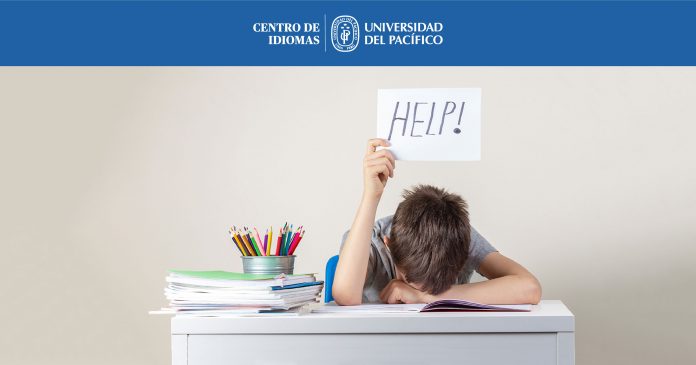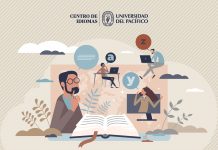Something that hinders the work of teachers and students learning, particularly in the areas of science and foreign languages, is the diversity in the level of knowledge in the students of a group or classroom. Constructivism teaches us to base new content on the knowledge that students already have. But if the bases of their knowledge differ substantially, affirming their new skills and knowledge becomes complex and uneven. If you go for the lowest common denominator, the more advanced will lose interest and not learn. If, on the other hand, the teacher bases their lessons on the notions of the most advanced, the laggards will find themselves hopelessly lost.
From the student’s point of view, possibly the pupil with the best level will know what strategies to use to continue advancing in their learning; however, the learner whose level is lower may feel disengaged from learning, losing interest quickly. In this way, the person who started the course with a higher level may run the risk of stagnation or going backwards, as well as feeling that the course does not allow them to advance as they would like.
On the other hand, from the administrative point of view, making teachers work with heterogeneous groups of students should not be seen as the way to solve problems of human resources and infrastructure of the institution, as, unfortunately, is frequently observed, since, as we have seen, working with heterogeneous groups challenges the learning process.
It is evident that, under such circumstances, teachers must have greater methodological resources and also criteria in the use of teaching materials. In this series we will be examining this problem and trying to offer strategies to deal with these types of difficulties.










